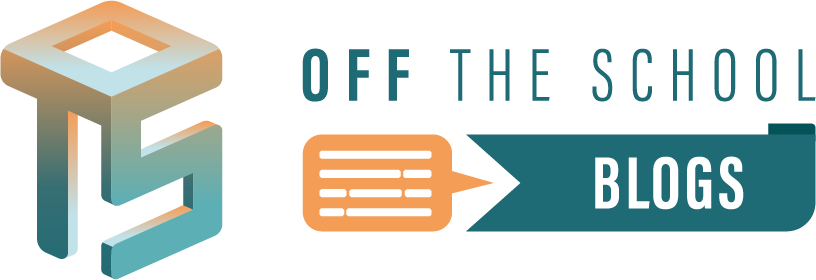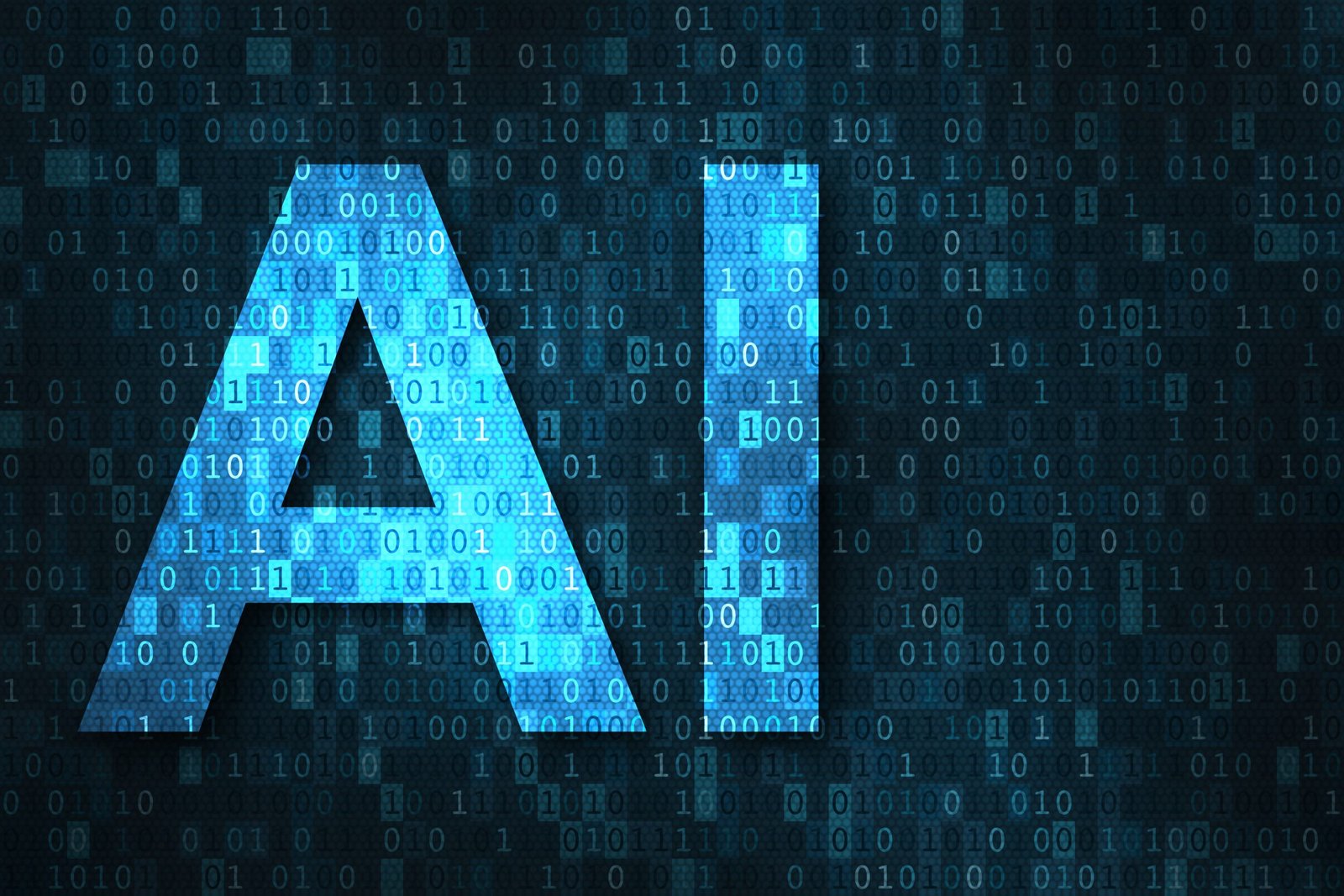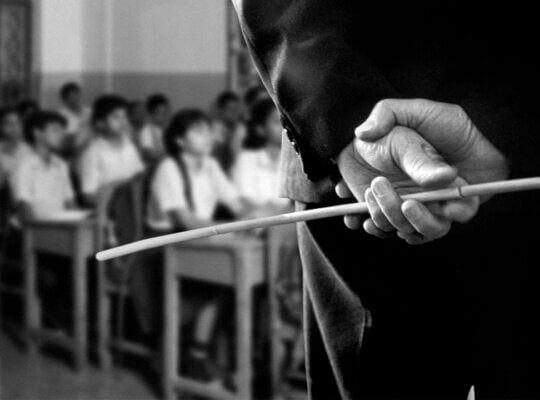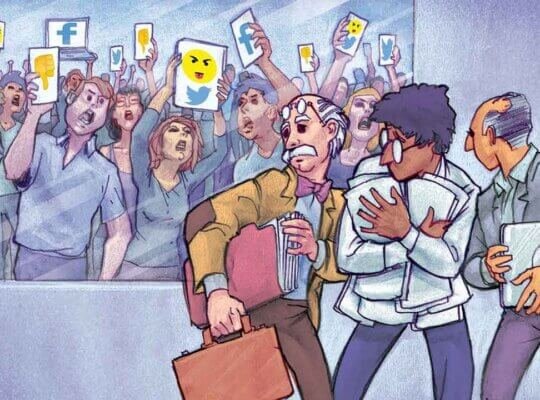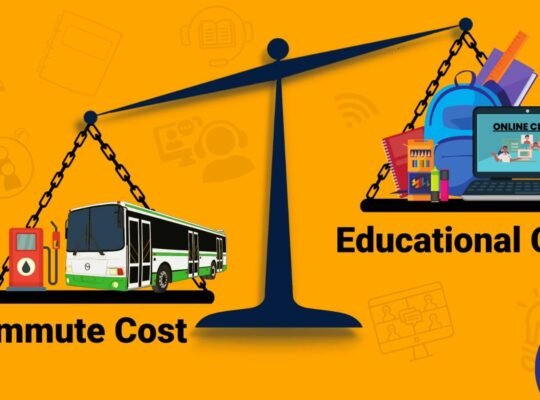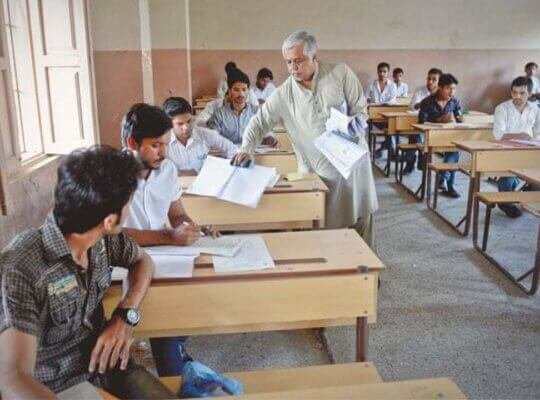Plagiarism is the act of using someone else’s words or ideas without proper attribution or citation. It is a serious academic offense that can result in penalties such as failing grades, suspension or expulsion from school, or even legal action. Plagiarism detection is the process of identifying and preventing plagiarism in academic writing, using various methods such as software tools, human reviewers, or peer feedback.
New Threats to Plagiarism Detection: How AI and NLG Technologies are Changing the Game
However, with the rapid development of artificial intelligence (AI) and natural language generation (NLG) technologies, plagiarism detection is facing new challenges. AI and NLG can produce high-quality texts that are coherent, fluent, and relevant to a given topic, without requiring any human input. These texts can be used for various purposes, such as summarizing information, generating content, or answering questions. However, they can also be used for malicious purposes, such as cheating on assignments, exams, or research papers.
Uncovering the Invisible Threat: AI and NLG’s Impact on Plagiarism Detection
One of the main challenges of plagiarism detection in the age of AI is the difficulty of distinguishing between human-written and machine-generated texts. AI and NLG can mimic the style, tone, and vocabulary of human writers, making it hard to tell them apart. Moreover, AI and NLG can also paraphrase or reword existing texts, making them appear original and avoiding direct plagiarism. This can fool some plagiarism detection tools that rely on matching words or phrases with online sources.
The Ethics of AI-Generated Texts: Navigating the Complexities of Plagiarism in the Digital Age
Another challenge of plagiarism detection in the age of AI is the ethical and legal implications of using machine-generated texts in academic settings. AI and NLG can create texts that are informative, persuasive, or creative, but they do not necessarily reflect the author’s knowledge, understanding, or opinion on the topic. Therefore, using machine-generated texts as one’s own work can be considered a form of academic dishonesty or fraud. Moreover, machine-generated texts may also contain errors, biases, or misinformation that can mislead readers or harm their reputation. Therefore, using machine-generated texts without proper acknowledgment or verification can be considered a form of intellectual property theft or defamation.
Adapting to the Age of AI: Solutions and Strategies for Plagiarism Detection in Academic Writing
In order to address these challenges, plagiarism detection needs to evolve and adapt to the new realities of AI and NLG. Some possible solutions include:
- Developing more advanced plagiarism detection tools that can detect not only direct plagiarism but also paraphrasing, summarizing, or rewriting techniques used by AI and NLG.
- Incorporating human judgment and feedback into plagiarism detection processes, such as asking students to explain their sources, methods, and arguments in their writing; asking instructors to review students’ work for originality and quality; or asking peers to comment on each other’s work for accuracy and relevance.
- Educating students and instructors about the ethical and legal issues of using AI and NLG in academic writing, such as informing them about the risks and consequences of plagiarism; teaching them how to cite and reference machine-generated texts properly; or encouraging them to use their own critical thinking and creativity skills in their writing.
- Regulating the use and distribution of AI and NLG tools and texts in academic settings, such as requiring users to disclose their identity and purpose; restricting access to authorized users only; or monitoring and auditing the quality and reliability of machine-generated texts.
Beyond the Basics: Exploring the Future of Plagiarism Detection in the Age of AI and NLG
Plagiarism detection is a vital component of academic integrity and quality. However, it is also a dynamic and complex phenomenon that requires constant vigilance and innovation. As AI and NLG technologies become more sophisticated and widespread, plagiarism detection will face new challenges and opportunities. Therefore, it is important for researchers, educators, students, and policymakers to engage in an ongoing academic discussion about the implications and solutions of plagiarism detection in the age of AI.

Meet Najam Soharwardi, a Chevening Scholar and education advocate founded “Off The School” (OTS) to provide formal education to underserved communities.
